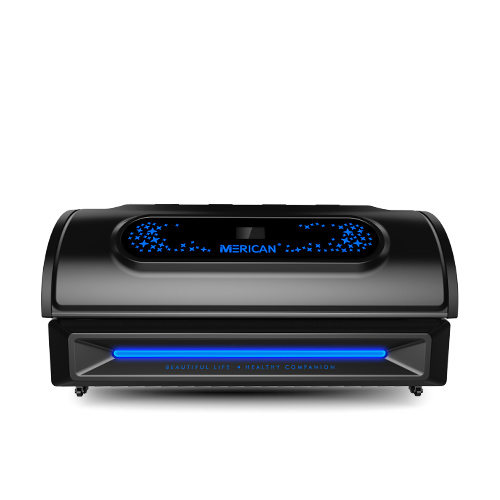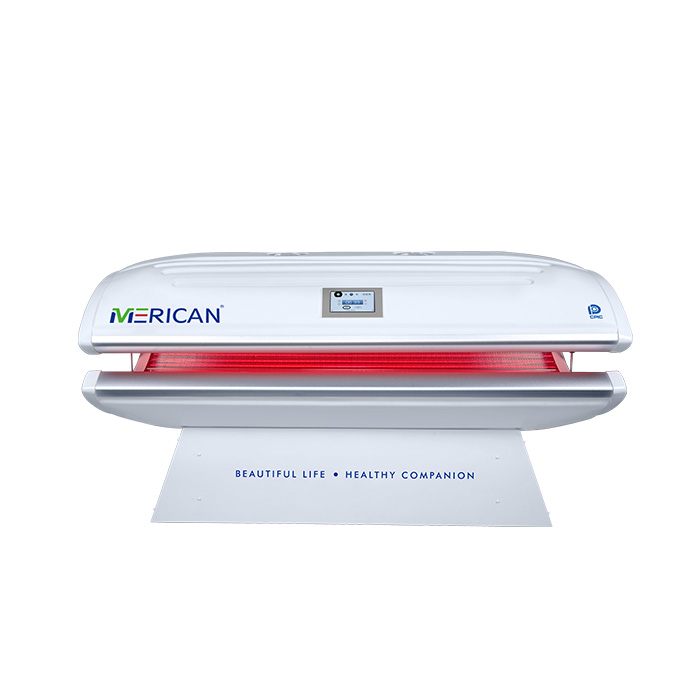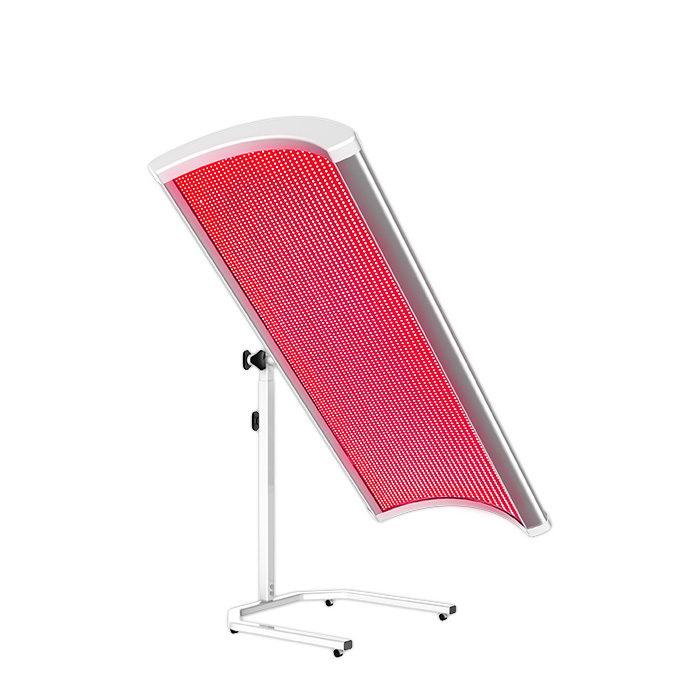In a world where natural remedies are gaining recognition, light therapy emerges as a powerful ally in promoting wellness. Among its many benefits, one stands out prominently - the ability to reduce inflammation. Let's delve into the science behing this fascinating phenomenon and explore how light therapy, with its spectrum of wavelengths, becomes a beacon of healing for inflammation.
Understanding Inflammation: The Body's Alarm System
Before we embark on the journey of light therapy, it's essential to comprehend inflammation's role in the body. Inflammation is a natural response to injury or infection, serving as the body's alarm system. However, when this response becomes chronic, it can contribute to various health issues, including pain, swelling, and tissue damage.
The Spectrum of Healing Light: Wavelengths Unveiled
Enter light therapy, a non-invasive and drug-free approach to managing inflammation. At the heart of its efficacy lies the diverse spectrum of light wavelengths. Two primary categories, red light and near-infrared light, play pivotal roles in the anti-inflammatory effects of light therapy.
- Red Light (620nm-700nm): Red Light, with wavelengths around 620nm to 700nm, has been recognized for its ability to penetrate the skin's surface. This penetration stimulates cellular activity, prompting the release of nitric oxide. Nitric oxide, in turn, enhances blood flow, reducing inflammation and promoting tissue repair.
- Near-Infrared Light (700nm-1100nm): Deeper into the spectrum, near-infrared light, ranging from 700nm to 1100nm, penetrates even further into tissues. This penetration is instrumental in reaching joints, muscles, and other deeper structures inflammation by modulating immune responses and promoting cellular repair mechanisms.
How Light Therapy Alleviates Inflammation: A Cellular Symphony
At the cellular level, the interaction between light and the body is akin to a harmonious symphony. Here's how light therapy orchestrates a reduction in inflammation:
1. Mitochondrial Stimulation: The powerhouses of our cells, mitochondria, respond to light stimulation by producing more adenosine triphosphate (ATP), the energy currency of cells. Increased ATP production enhances cellular function, facilitating repair processes and mitigating inflammation.
2. Modulation of Immune Responses: Light therapy influences the immune system by regulating the release of cytokines, the signaling molecules involved in inflammation. This modulation helps shift the immune response from a pro-inflammatory state to an anti-inflammatory state, fostering a balanced and controlled healing process.
3. Enhanced Blood Circulation: Both red light and near-infrared light contribute to improved blood circulation. Enhanced circulation ensures that oxygen and nutrients reach inflamed tissues more efficiently, promoting a faster healing response.
4. Reduction of Oxidative Stress: Inflammation often coincides with oxidative stress, a state where there's an imbalance between free radicals and antioxidants in the body. Light therapy acts as a potent antioxidant, neutralizing free radicals and reducing oxidative stress, thereby dampening inflammation.
As we unveil the intricate dance between light therapy and inflammation, it becomes clear that this modality holds promise in reshaping our approach to health and well-being. By harnessing the power of specific light wavelengths, we embark on a journey where inflammation is not just managed but harmoniously addressed, paving the way for a brighter, healthier future. Illuminate your path to wellness with the transformative potential of light therapy.




